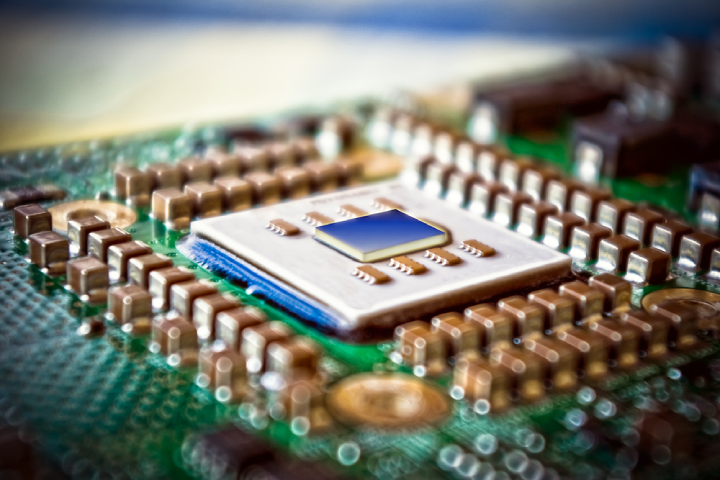
Cache memory, also called central processing unit (CPU) memory, is more accessible to the processor as it is typically directly integrated with the CPU chip.
Its main purpose is to act as a temporary storage area that facilitates the process of collecting and retrieving data from the computer’s memory easier and more efficient.

The temporary storage area is called cache, and it is classed as random access memory that computer microprocessors can access more quickly than regular RAM.
This kind of memory is not only much smaller than the main memory, which causes it to have a lot less storage space, but it is also more expensive, to make up for its complexity. However, it operates up to 100 times faster than RAM.
Types of cache memory
There are various kinds of cache memory, usually divided into levels. The main three basic levels are L1 cache, also called primary cache, L2 cache, or secondary cache, and Level 3 (L3) cache.
L1 cache is very fast but also very small, and it is usually included in the processor chip; L2 cache has a bit more space than L1, and it can also be on a separate chip or coprocessor while still connecting the cache and CPU. L3 is more focused on memory and improving the performance of both L1 and L2.
While these types used to be created using combined processor and motherboard components, nowadays it is more common for them to cache directly on the CPU itself.
How does cache memory work?
When the microprocessor is running through data, its first port of call is in the cache memory.
Ideally, it will find the instructions in this area so that more time-consuming data reading does not have to be done from other data storage devices or larger memory.
Typically programs don’t use many resources once they have been opened as the frequently re-used instructions tend to be cached.






